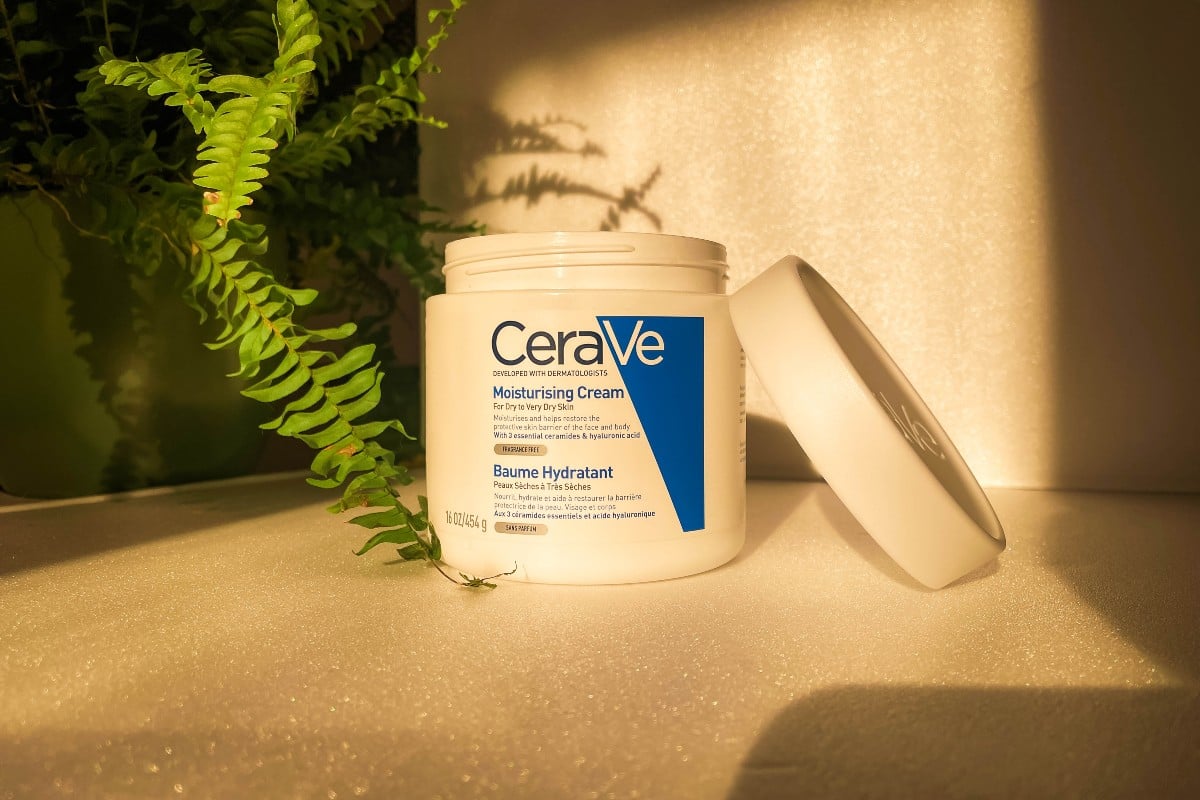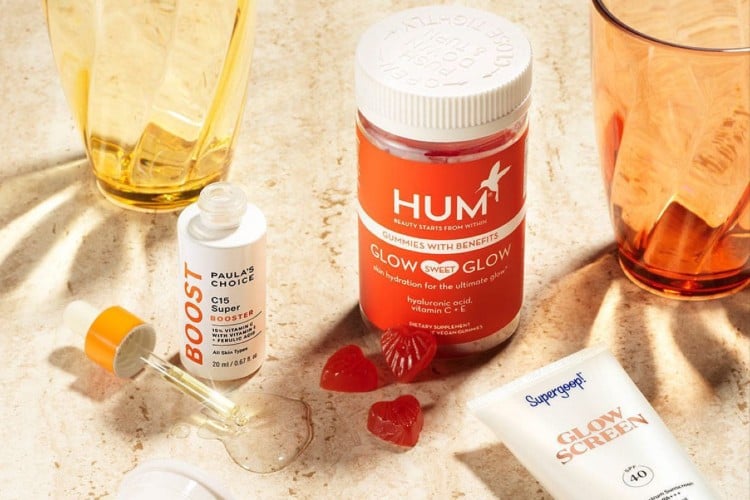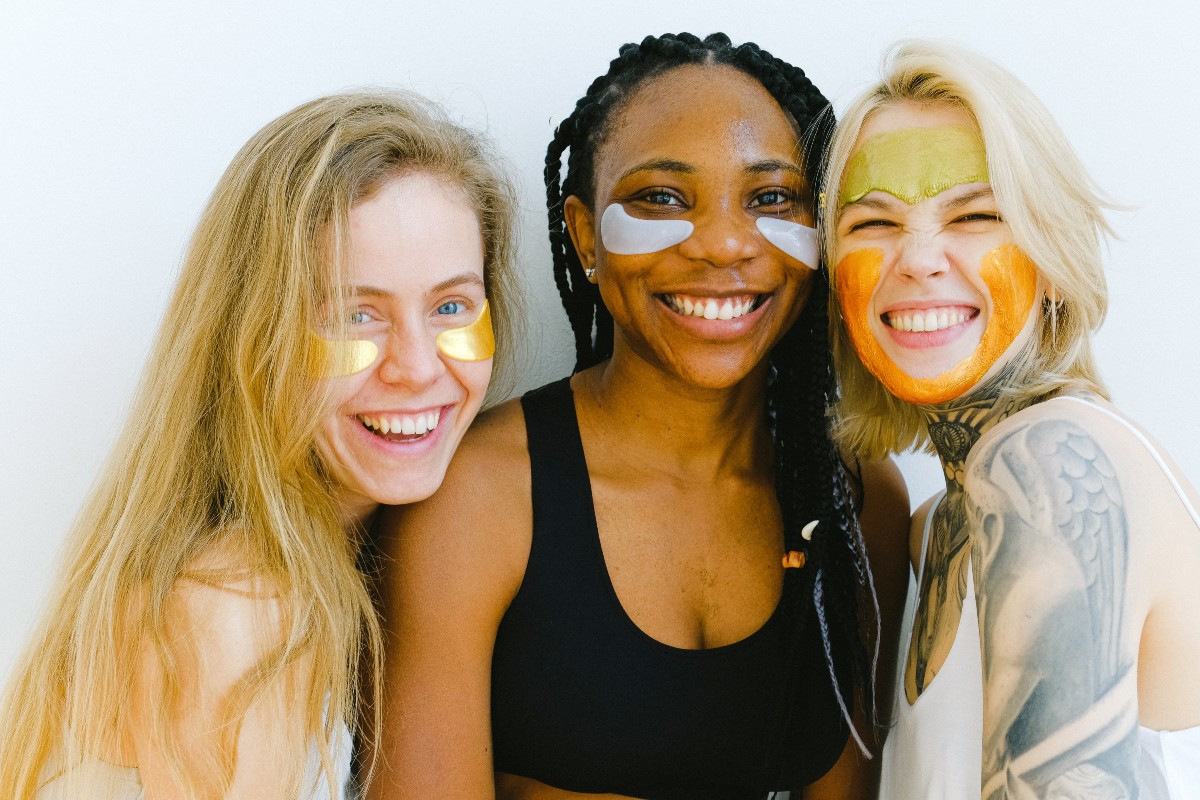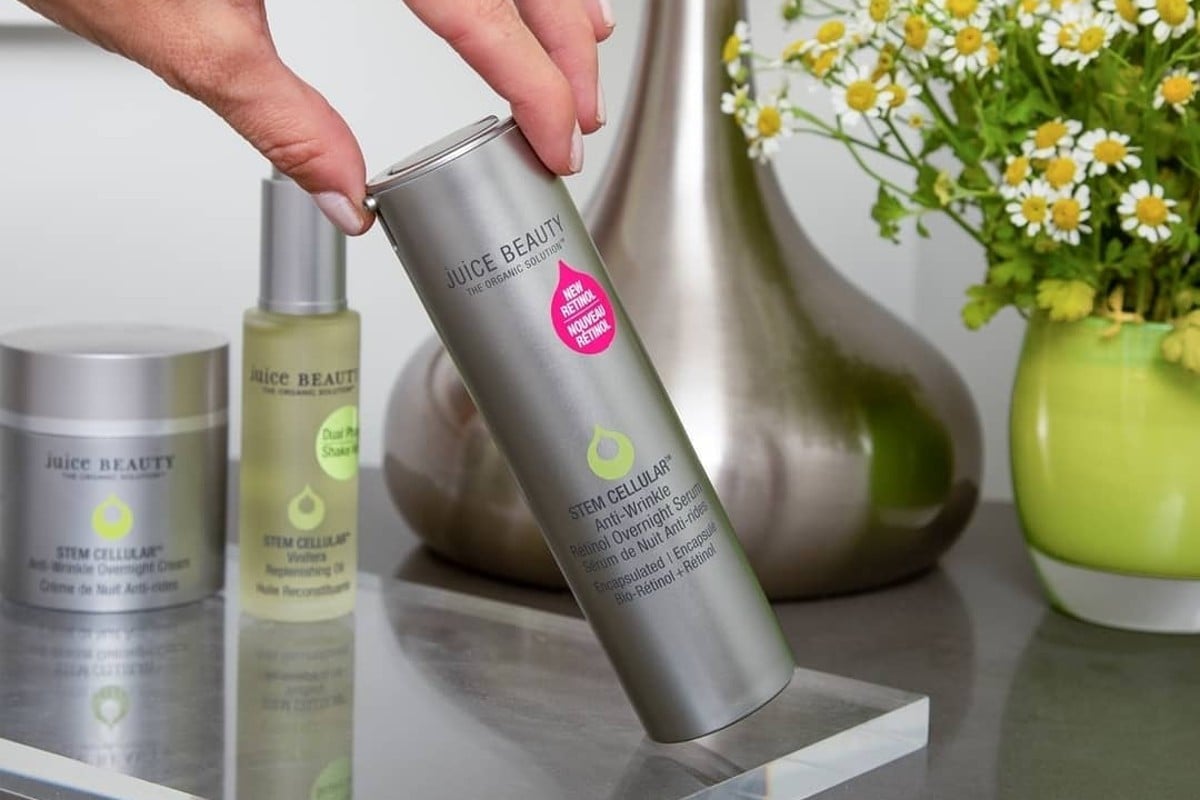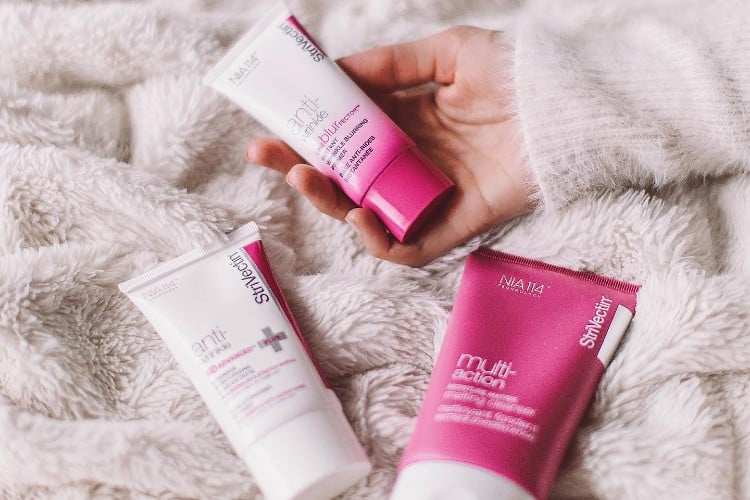From our 20s to our golden years, our skin experiences different changes. Collagen loss, hormonal shifts, and daily stress all leave their mark on our skin’s appearance. Understanding these changes allows you to adapt your skincare and lifestyle to maintain a healthy, youthful complexion through every decade.
Skin changes associated with aging
As the years pass by, you may notice that your skin isn’t as firm and bouncy as it was once. On the contrary, it gets thinner and more fragile. Fine lines and wrinkles become more noticeable, and dark spots, well, more accentuated. The glow you once had may start to fade as well. And let’s not forget about the skin texture that also changes with age, becoming more irregular and rough. All these are part of the natural aging process, which is influenced by both internal and external factors.
Here are the main changes that happen with the skin as you get older that you need to be aware of so you can support healthy skin aging:
- Collagen and elastin degradation: From the mid-20s, the body starts to lose two essential proteins found in the connective tissue of the dermis (the middle layer of the skin): elastin and collagen. Both are key components that give skin structure and strength and keep it firm and elastic. The loss of collagen and elastin gradually results in thinner skin, wrinkles, and poor healing.[1] In addition to the natural decline that happens with age, factors such as sun damage, smoking, pollution, stress, and lack of sleep, can accelerate the degradation of skin proteins.
- Slower cell turnover: In our 20s, skin cell turnover happens in as little as 28 days. But this rate naturally slows down with age, which means it takes longer for old cells to shed off and new younger cells to replace them. This can result in a dull appearance and changes in the skin texture.[2]
- Less sebum: At maturity, skin tends to become drier as the sebaceous glands secrete less and less sebum.[2] Sebum is an oily substance that keeps skin naturally moist and protected against external damage. When there’s not enough sebum, the skin is left vulnerable to moisture loss and environmental damage.
- More melanin: With prolonged sun exposure, the body produces more melanin as a defense mechanism to protect skin cells from UV damage. Yet, an accumulation of melanin leads to discoloration, dark spots, and uneven tone.
- Fat layer depletion: The fat layer (the deepest layer of the skin) depletes over the years, which can lead to a loss of volume in the skin. This can make fine lines and wrinkles more pronounced and lead to saggy skin.
- Decrease in blood flow: The blood vessels in the skin also become less efficient at bringing oxygen and nutrients to the cells. In turn, it affects the skin’s ability to repair itself and leads to easier bruising.
- Poor skin barrier function: The lipid barrier is the outermost layer of the skin and controls the amount of water that evaporates through the skin and protects against environmental aggressors. With age, this barrier becomes weaker, resulting in excessive moisture loss and increased skin sensitivities.
- Lower estrogen levels: Estrogens are a group of hormones that play a pivotal role in skin health and whose levels often decline starting in the early 40s, especially at menopause. Studies point out that estrogen insufficiency speeds up skin aging and can result in wrinkles, dryness, pigmentation, decreased elasticity, and weak protection against environmental factors.[3]
- Shorter telomeres: Telomeres protect the genetic information in our cells and ensure that the cells divide and replicate properly. But as we age, telomers shorten, leading to a decline in the skin’s ability to repair itself. This can cause the skin to become thinner and less able to fight off damage from external factors. Shortened telomeres can also decrease collagen and elastin synthesis.
Nonetheless, these changes don’t take place all at once. They affect the skin slowly and gradually as years go by and are influenced by genetics, lifestyle, and environmental factors. Being aware of these shifts and knowing how to respond to them can go a long way in your quest to defy skin aging.
Here is what happens with skin from your 20s to 50s and how to tailor your routine at each decade of life to keep your skin in its prime at any age.

The 20s: Skin is at its best
Your 20s are about prevention! The skin still produces lots of collagen and moisture-boosting hyaluronic acid, but habits like sun exposure, smoking, lack of sleep, and unhealthy diets can speed up aging. Your number one priority is daily sunscreen—UV damage causes a whopping 80% of wrinkles. Getting enough sleep, drinking water, and eating a balanced diet are also crucial for healthy skin now and in the decades to come.
Start a simple skincare routine in your early 20s to protect and hydrate. Cleanse with a gentle face wash, use a hydrating moisturizer, and add a vitamin C serum for antioxidant power. From your mid-20s, consider a retinol serum a few nights a week to boost collagen and cell renewal. If you have oily skin or acne, a salicylic acid treatment may be helpful.
30s: Skin starts to change
Your 30s are a turning point for your skin. You might notice those first subtle fine lines, a few more dark spots, and less of that natural glow. This is normal! Collagen production is slowing, and years of sun exposure start to show. Plus, if you’re like most people, sleep becomes less reliable in your 30s, which can mean under-eye circles. Time to get serious about skincare!
It’s time to start exfoliating regularly. Your skin’s not shedding dead cells as quickly as it used to, so a gentle AHA (like glycolic or lactic acid) 2-3 times a week will brighten things up. Sunscreen remains your absolute best friend—wear it every single day! Keep up that cleansing and moisturizing routine, both morning and night. You might also want to consider stronger retinol and vitamin C serums for a powerful anti-aging boost. An eye cream becomes essential to combat dark circles and puffiness. Lastly, think about visiting a dermatologist, especially if you have concerns like acne scars.
40s: Aging becomes more visible on skin
In your 40s, fine lines deepen into wrinkles, your complexion might feel thinner and rougher, and those sneaky sunspots seem to multiply. Why? Collagen and elastin production is plummeting, leaving marks that are harder to hide. Hormonal shifts can leave your skin feeling either parched and flaky or acne-prone. It’s a lot to take in!
The good news: with the right approach, you can fight back. This involves skincare, lifestyle, and maybe even a few cosmetic procedures.
Step one: nourish your skin from the inside. Cut down on sugar (it damages collagen!) and focus on fruits, veggies, and foods rich in vitamins A, B5, C, and E, omega-3s, and other nutrients that support healthy aging. Supplements like collagen and hyaluronic acid can also help. Get moving! Exercise benefits your skin in many ways.
Step two: upgrade your skincare. Your cell turnover has slowed way down, so it’s time for stronger exfoliators and retinoids every other night. Consider adding at-home chemical peels for a deeper refresh. Vitamin C serum and sunscreen every morning are non-negotiable!
Most people need a richer moisturizer in their 40s. Use a lightweight one packed with antioxidants for daytime, and a restorative night cream with ceramides and fatty acids to rebuild your skin barrier while you sleep. Finally, consider adding more anti-aging ingredients to your routine. Along with retinol and vitamin C, look for products with peptides and growth factors.
50s and beyond: Skin reaches maturity
In your 50s, the skin’s ability to retain moisture takes huge deep, which can lead to severe dryness, itching, and irritation. Scarring, fine lines, and wrinkles deepen, resulting in saggy and loose skin. Menopause also leaves its mark on the skin, leaving it dehydrated and unbalanced. Moreover, the number of melanocytes (cells that produce melanin) tends to decrease with aging, so the skin has less protection against ultraviolet radiation.[9]
Focus on sunscreen and take extra protection measures against sun damage, such as wearing protective clothing and seeking shade during peak hours. The fifties are an ideal time to turn to cosmetic procedures and advanced treatments such as radiofrequency, microneedling, laser resurfacing, and hyaluronic acid injections—all work to correct sagginess and provide more transformative results. Other than that, continue using retinol and vitamin C
Watch out for your diet and limit the consumption of sugar, fried foods, and alcohol. Also, the 50s is the decade of life when you really need to take a load off and chill out. Stress can be a real beauty killer by causing the release of harmful chemicals that can do a number on collagen and elastin, leading to a loss of elasticity in the skin.
Final words
As you have already learned, a lot is going on inside the body as the years go by, and the skin suffers endless changes that can impact its appearance. But with proper skincare, a healthy and active lifestyle, and sun protection, you can counteract the effects of aging on the skin. It’s never too early or too late to start taking proper care of your skin.
Footnotes
Women’s Concepts uses reliable sources, including dermatologists’ insights, clinical trials, and scientific journals, to find accurate information and support all the facts shared in our articles. All statements and claims have clear and legit references. Read our editorial policy to learn more about our sources of information, our process of researching and fact-checking the content, and how our team strives to keep all articles updated, completed, and trustworthy.
- Varani J, Dame MK, Rittie L, Fligiel SE, Kang S, Fisher GJ, Voorhees JJ. Decreased collagen production in chronologically aged skin: roles of age-dependent alteration in fibroblast function and defective mechanical stimulation. Am J Pathol. 2006 Jun;168(6):1861-8. doi: 10.2353/ajpath.2006.051302. PMID: 16723701; PMCID: PMC1606623.
- Farage MA, Miller KW, Elsner P, Maibach HI. Characteristics of the Aging Skin. Adv Wound Care (New Rochelle). 2013 Feb;2(1):5-10. doi: 10.1089/wound.2011.0356. PMID: 24527317; PMCID: PMC3840548.
- Thornton MJ. Estrogens and aging skin. Dermatoendocrinol. 2013 Apr 1;5(2):264-70. doi: 10.4161/derm.23872. PMID: 24194966; PMCID: PMC3772914.
- American Academy of Dermatology. “Women More Likely Than Men To Be Affected By Acne As Adults.” ScienceDaily. ScienceDaily.
- Lephart ED, Naftolin F. Menopause and the Skin: Old Favorites and New Innovations in Cosmeceuticals for Estrogen-Deficient Skin. Dermatol Ther (Heidelb). 2021 Feb;11(1):53-69. doi: 10.1007/s13555-020-00468-7. Epub 2020 Nov 26. PMID: 33242128; PMCID: PMC7859014.
- Buckingham EM, Klingelhutz AJ. The role of telomeres in the ageing of human skin. Exp Dermatol. 2011 Apr;20(4):297-302. doi: 10.1111/j.1600-0625.2010.01242.x. Epub 2011 Mar 3. PMID: 21371125; PMCID: PMC3690281.
- Cao C, Xiao Z, Wu Y, Ge C. Diet and Skin Aging-From the Perspective of Food Nutrition. Nutrients. 2020 Mar 24;12(3):870. doi: 10.3390/nu12030870. PMID: 32213934; PMCID: PMC7146365.
- Lupu MA, Gradisteanu Pircalabioru G, Chifiriuc MC, Albulescu R, Tanase C. Beneficial effects of food supplements based on hydrolyzed collagen for skin care (Review). Exp Ther Med. 2020 Jul;20(1):12-17. doi: 10.3892/etm.2019.8342. Epub 2019 Dec 17. PMID: 32508986; PMCID: PMC7271718.


